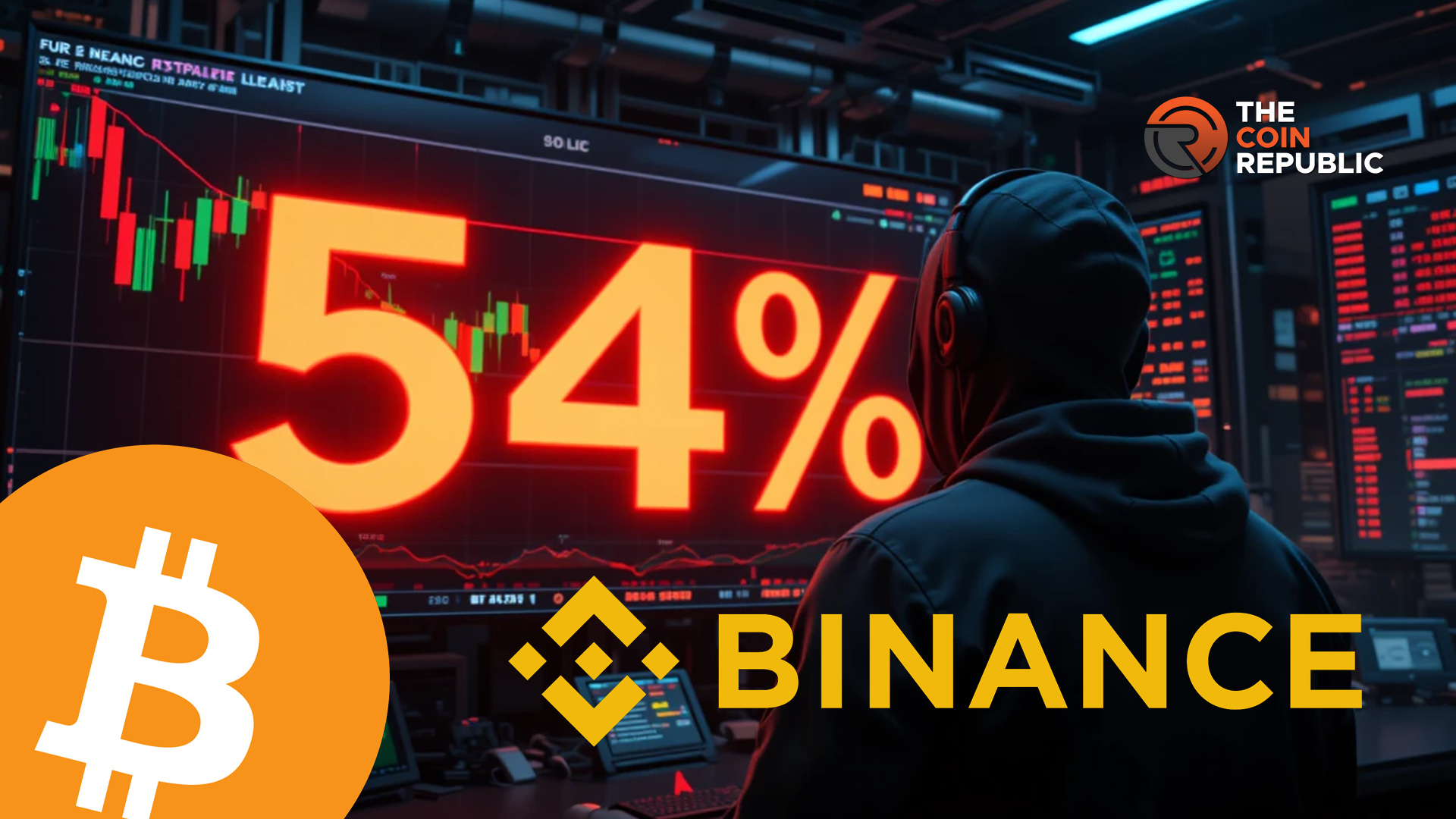54% of Binance Futures Traders Bet Against Bitcoin—Is a Massive Reversal Coming?
Short sellers are piling onto Bitcoin like it's a meme stock—but the market loves proving crowds wrong.
When 54% of leveraged traders flip bearish, history whispers one thing: contrarian opportunity. Binance's futures data shows speculators loading up on shorts, convinced BTC's due for a haircut. Yet crypto's notorious for squeezing overconfident positions.
Remember: the 'smart money' often gets rekt chasing momentum. If liquidity flips, these shorts become rocket fuel for the next leg up. Just saying.

Binance data showed that 54% of traders on its futures platform are now shorting Bitcoin.
With the long/short ratio falling to 0.85, market watchers raised questions about a possible shift in sentiment or an upcoming price reversal.
Traders on Binance Futures Show Bearish Lean Toward Bitcoin
Market data shows that more than half of the traders on Binance’s futures platform were shorting Bitcoin.
In his latest post on X, crypto analyst Ali Martinez shared data showing that 54.03% of traders held short positions while 45.97% held long positions.
Notably, this pushed the BTC long/short ratio down to 0.85.
Notably, the short bias marked a shift in trader positioning, possibly signaling a rising level of caution among participants.
At the time the data was shared, Bitcoin price had risen slightly by 0.22%, reaching around $118,036.
However, as of this writing, CoinMarketCap data shows that the Bitcoin trading price stood at $118,119.89.
It had a total market value of $2.35 trillion, and the daily trading volume was down 20.13% to $49.21 billion.
It is essential to state that futures data like this helps traders understand market behavior in the short term.
A higher number of short positions could indicate that traders expect the price to fall or are hedging against potential losses.
However, this type of imbalance has sometimes led to sharp price moves when the market swings in the other direction.
Meanwhile, market research suggested that a spike in short positions on bitcoin often came before strong price reversals.
While not guaranteed, this pattern has been observed during past market cycles.
Crucial Momentum Uncertainty Marker
The long/short ratio of 0.85 indicated more short than long positions on Binance Futures.

This ratio is used to measure the overall positioning of traders. A figure below 1.0 often indicates that bearish sentiment is gaining traction in the market.
The falling ratio in the hours leading up to the report reflected a buildup of short interest. It showed that more traders were betting on a price decline.
The chart posted with the tweet supported this trend, showing a visible drop in the ratio line over time.
While such movements suggest concern about the near-term price direction, they do not always indicate a larger downturn is forthcoming.
Price reversals have occurred when short positions became overcrowded, causing the market to MOVE in the opposite direction.
Some traders utilize this type of positioning to identify moments of high tension, which can lead to rapid market reactions. The current drop in the ratio may be a moment like this.
While market surprises, such as trade wars or other economic trends, are possible, the BTC price is considered overheated. This creates room for imminent reversals.
Firms Adding Bitcoin Despite Short-Term Caution
At the same time that short positions increased on Binance, large companies continued to add Bitcoin to their holdings.
Several firms expanded their Bitcoin treasuries across various sectors and countries.
According to reports, MicroStrategy led new purchases with 4,225 BTC. Metaplanet followed with 797 BTC, while Sequans from France added 683 BTC.
More minor additions came from firms in the United Kingdom, Japan, Canada, and China.
A total of seventeen companies recently announced new Bitcoin treasury plans.
These included Volcon, with a $500 million strategy, and Click Holdings, with a $100 million Bitcoin and sui fund. The planned additions totaled 44,200 BTC.
The contrast between futures traders shorting Bitcoin and companies buying it for long-term reserves showed two different views on the asset’s direction.
While traders prepared for possible short-term declines, corporate buyers appeared to be focusing on future value.

